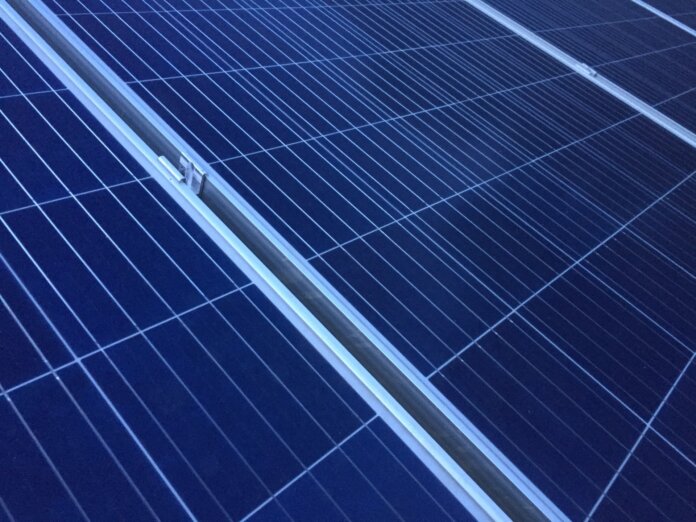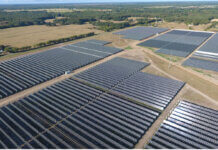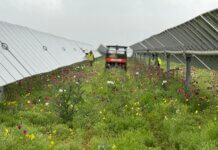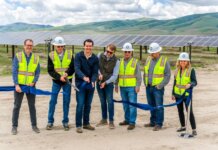In the U.S. Energy Information Administration’s (EIA) Annual Energy Outlook 2022 (AEO2022) Reference case, which reflects current laws and regulations, EIA projects that the share of U.S. power generation from renewables will increase from 21% in 2021 to 44% in 2050.
The increase will mainly consist of new wind and solar power. The contribution of hydropower will remain largely unchanged through 2050, and other renewable sources of power generation – such as geothermal and biomass – will collectively remain less than 3% of total generation.
In the AEO2022 case, EIA projects that the contribution of total solar generation, including both utility-scale solar farms and small-scale rooftop end-use systems, will surpass wind generation by the early 2030s. Early growth in wind and solar is driven by federal tax credits set to expire or significantly decline by 2026, but declining costs for both technologies play a significant role in both near- and long-term growth.
Meanwhile, it projects that the total share of U.S. fossil fuel-fired power generation decreases from 60% to 44% in the AEO2022 case as a result of the continued retirement of coal generators and slow growth in natural gas-fired generation. Although natural gas-fired generation increases in absolute terms, the share of natural gas in the total generation mix decreases slightly, from 37% in 2021 to 34% in 2050.
In the reference case projections, the natural gas share remains consistent despite several projected retirements of coal and nuclear generating units, which cause the shares from those sources to drop by half. Generation from renewable sources increases to offset the declining coal and nuclear shares, largely because existing regulatory programs and market factors incentivize renewable sources.
Energy storage systems, such as stand-alone batteries or solar-battery hybrid systems, compete with natural gas-fired generators to provide electric power generation and back-up capacity for times when non-dispatchable renewable energy sources, such as wind and solar, are unavailable. Because energy storage shifts energy usage from one time to another and is not an original fuel source of energy, EIA did not include it in the generation graphic in this report. Based on planned projects reported to EIA, energy storage capacity is expected to increase in upcoming years.
Photo by Jadon Kelly on Unsplash




